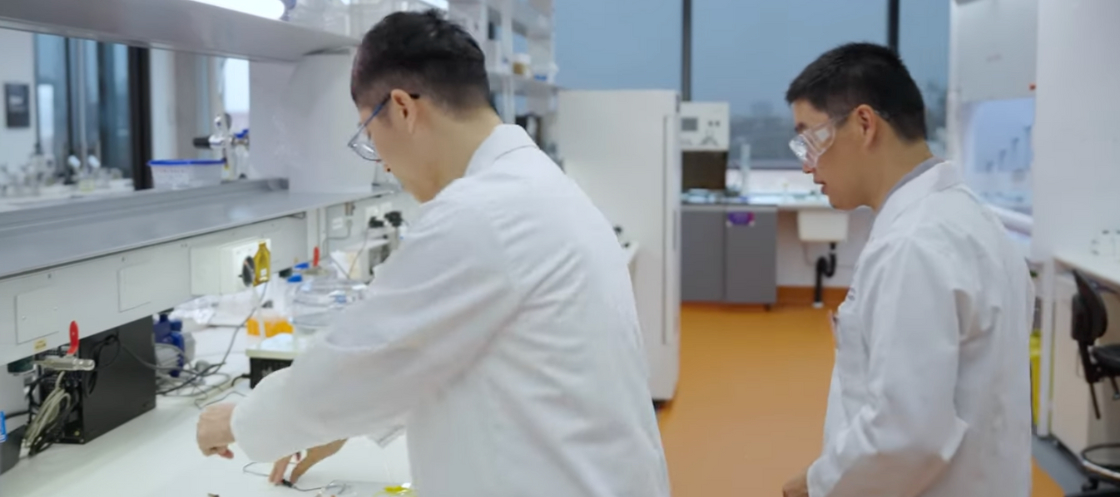UQ researchers unveil nanogenerator turning CO2 into electricity
This breakthrough holds significant implications for the energy sector, offering a novel approach to both CO2 mitigation and energy generation.

Researchers at the University of Queensland's Dow Centre for Sustainable Engineering Innovation have unveiled a pioneering nanogenerator capable of converting carbon dioxide (CO2) into electricity. Led by Dr. Zhuyuan Wang, the team has combined a polyamine gel—widely employed in industrial CO2 absorption processes—with a boron nitrate skeleton to create positive and negative ions, thus enabling the generation of electricity.
The unique feature of this nanogenerator lies in its carbon-negative operation, effectively consuming CO2 while producing electricity. Dr. Wang expressed his excitement over the discovery, stating, "This technology goes beyond being carbon neutral – it consumes CO2 as it generates energy."
The device, embedded in a hydrogel that is mostly water, exhibited promising results during laboratory tests conducted in a controlled CO2 environment.
Professor Xiwang Zhang, the Director of the Dow Centre, stated, "Until now CO2 has been seen as a problem to be solved but it can be a resource for the future."
According to Professor Zhang, the potential applications of this technology are twofold. Firstly, it could be scaled up to create portable devices capable of harnessing atmospheric CO2 to power small electronic devices such as mobile phones and laptops. Secondly, it could be integrated into industrial CO2 capture processes to generate electricity on a larger scale.
The development of this nanogenerator will be further pursued through the efforts of the ARC Centre of Excellence for Green Electrochemical Transformation of Carbon Dioxide (GETCO2), led by UQ's School of Chemical Engineering under Professor Zhang's guidance. The center aims to enhance the efficiency and affordability of the technology while advancing the utilization of CO2 as a renewable energy resource.
“We want to realise the value in a problematic greenhouse gas and to change the perception of CO2,” Professor Zhang said.
“Until now CO2 has been seen as a problem to be solved but it can be a resource for the future.”

